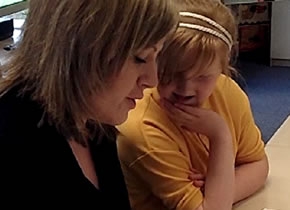
Request a full Catch Up® information brochure and details of our free information webinars
Find out more
This question often comes up on training and luckily there is an easy answer!
Yes!
All schools use systems for grading books according to text difficulty, but not all schools use the same levelling system. For example, some schools use Reading Ages to determine text difficulty, others use Accelerated Reader or Book Bands. So it’s important to know how the Catch Up® Literacy levels correlate to the system your school uses.
Text difficulty
First of all, let’s explain how the Catch Up® Literacy levels work:
The books in the Catch Up® online booklist are graded into 12 levels of reading difficulty.
The grading is achieved using a wide range of measures of text difficulty, including:
Catch Up® is the working name of The Caxton Trust, a not-for-profit charity registered in England and Wales (1072425) and Scotland (SC047557) as well as a company limited by guarantee (03476510). Catch Up is a registered trademark.
The Catch Up® Web site use "cookies" to help you personalise your online experience. A cookie is a text file that is placed on your hard disk by a Web page server. Cookies cannot be used to run programs or deliver viruses to your computer. Cookies are uniquely assigned to you, and can only be read by a web server in the domain that issued the cookie to you.
Click on the different category headings below to find out more. You can change your default settings very easily. To turn cookies on, click the button to the right. To turn cookies off, click the buttons to the left. Please read our cookie policy to find out more.
Performance monitoring cookies: Google Analytics cookies (_ga,_gid) - these can last up to 2 years.
Strictly necessary cookies used by the site content management system: PHPSESSID (used to record your logged in session) and allow_cookies (used to record that the user has consented to cookies) - these are either temporary (session) cookies or expire after no more than 30 minutes and are used to provide functionality as you navigate around the site and allow you to access secure areas.